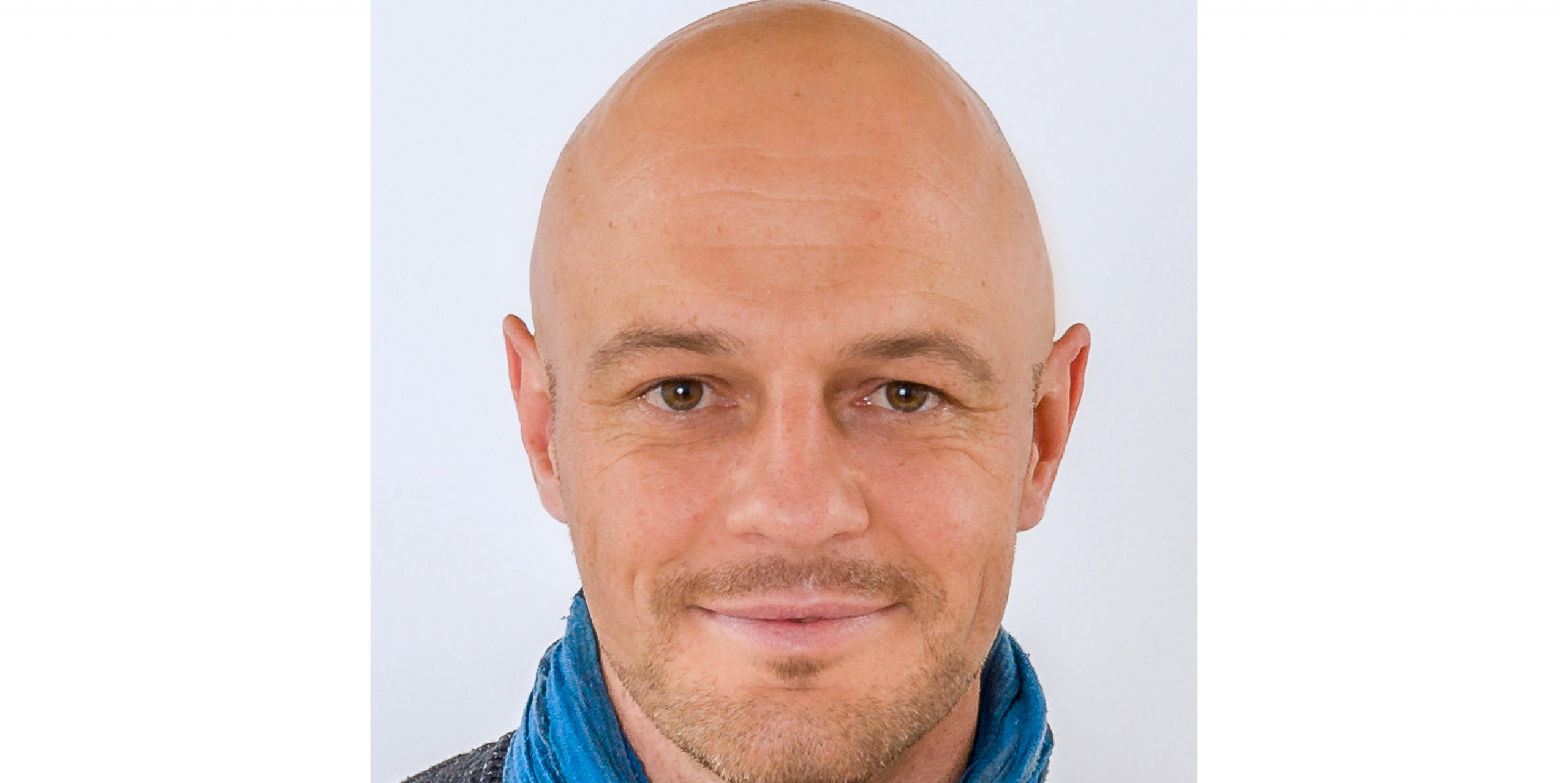
Challenges of simulation-driven development
Dear Thomas, first of all, congratulations on your promotion! You are now department leader - what topics does your new department stand for and what challenges will it face?
Hello, and thank you first of all for the opportunity to introduce myself as part of your interview series.
In my department, we take care of many different topics within simulation-driven development, which in the broadest sense revolve around the development of the body, including all "add-on parts" (interior, exterior and high-voltage storage) and now also chassis development. The challenges lie mainly in new requirements due to electromobility and ever larger projects with ARRK taking on more and more responsibility.
You actually have a PhD in physics - why did you become aware of ARRK Engineering as an interesting potential employer back then?
During my PhD, I wrote code to perform particle acceleration simulations in the field of astrophysics. The possibility to describe reality via simulations - either because it is not tangible for us, as in astrophysics, or because it is cheaper, faster and more flexible, as in the automotive industry - has always fascinated me and I found an opportunity at ARRK to apply and extend my knowledge in practice. I found ARRK quite easily when I was looking for jobs in the automotive industry in combination with simulation.
How did your professional career then finally start at ARRK Engineering and develop to the department manager position today?
I joined in 2011 as a computational engineer in an interesting BMW project (i8 body development), where I was able to learn a lot about vehicle development. I also got involved in the Center of Competence Composite within ARRK and then became team leader of a small team after just under two years. Shortly thereafter, my area manager Martin Leitenstorfer gave me the chance to prove myself as a group leader, and so my group has grown over the last few years to almost 30 employees in Munich and 20 in Cluj. After it became clear that Martin was to become division manager, we started thinking together at an early stage about how we could further structure the division in a strategically sensible way, and so I was now able to take over departmental management and thus also chassis development as a new topic.
(Automotive) technology for life - was it always your wish to work in the automotive industry?
No, to be honest, the plan was always to study astrophysics, go into research for a while and then become an astronaut and fly into space. After that didn't work out, the automotive industry was the second best alternative.
You've now been through almost all management stages, what do you take away most from this experience and what advice has been most useful to you on your career path there?
I see two things: Our employees, their knowledge and commitment are our most valuable asset - that's why we should always try to make sure that they enjoy their work and that every employee can draw motivation and enthusiasm from their job.
And as a second point: as a manager, I am there for my team, not the other way around. For me, this means above all that employees can and should challenge me, and that we both learn something in the process!
What is particularly important to you when working with your team?
It is very important to me that I am there for my employees and that they know this - even though I notice how it becomes increasingly difficult to maintain this connection with everyone as responsibility increases and the team grows. It is also very important to me to give my employees responsibility (e.g. for the training or workload of colleagues, for projects, processes or customer contacts, ...) and thus support them in their personal development.
Which competence spectrum do you work on in your department exactly? What do you contribute to the car of the future?
The competence spectrum in my department is mainly related to simulation or simulation-based product development for the already mentioned parts of the car.
As new simulative methods continue to become more and more important in the car of the future, we have various contributions to make: we are involved with many employees in the development of high-voltage storage systems, which in turn are fundamentally changing the body structure; the interior is moving toward a feel-good ambience for all passengers, and in the exterior we are seeing innovative door concepts and new outer skin designs. The chassis is also gaining in importance in the car of the future, as cars are becoming heavier due to the additional mass of the battery and the new drive technology is changing the installation spaces in the chassis area.
What makes working at ARRK Engineering special for you?
It's definitely the cohesion of the team among each other! This includes the helpfulness of each individual - people support each other as best they can in project work and when problems arise - as well as the fact that most people really enjoy working at ARRK and feel comfortable - you can see this in the number of people who have been working here for 10, 15 or 20 years.
But of course that is also a challenge in the current situation, because a lot of that is becoming more difficult or has even been lost in part due to the distributed work in the office and home office. That's why I'm already looking forward to the day when the situation returns to normal and we can celebrate this together with our colleagues :-)
In one sentence - Engineering@ARRK is for you....?
Achieving the best possible results for our customers together!